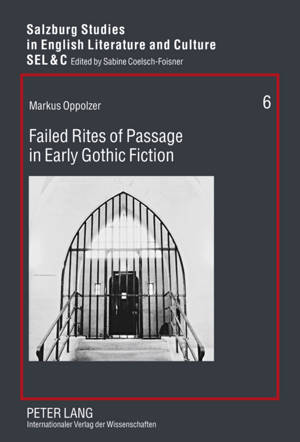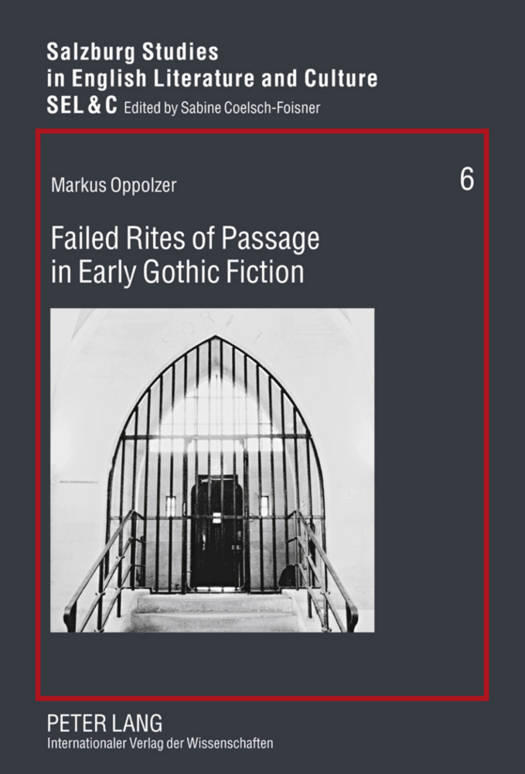
- Afhalen na 1 uur in een winkel met voorraad
- Gratis thuislevering in België vanaf € 30
- Ruim aanbod met 7 miljoen producten
- Afhalen na 1 uur in een winkel met voorraad
- Gratis thuislevering in België vanaf € 30
- Ruim aanbod met 7 miljoen producten
Zoeken
Omschrijving
This study applies Victor Turner's theory of liminality to an examination of early British Gothic fiction and its cultural context. Contrary to the widespread belief that the Gothic is escapist in nature, a close reading of novels such as William Godwin's Caleb Williams (1794), Mary Shelley's Frankenstein (1818) or Charles Maturin's Melmoth the Wanderer (1820) reveals that they actively engage with socio-political and educational debates of the time. Using the licence of fantastic literature, the Gothic sets up social experiments in which young, inexperienced protagonists have to face a variety of institutions. Under what circumstances are they willing to submit to these social orders? Why are rites of passage often bound to fail? These are questions consistently raised in this genre and explored in this study with reference to a wide range of political, legal, and educational treatises of the eighteenth century.
Specificaties
Betrokkenen
- Auteur(s):
- Uitgeverij:
Inhoud
- Aantal bladzijden:
- 296
- Taal:
- Engels
- Reeks:
- Reeksnummer:
- nr. 6
Eigenschappen
- Productcode (EAN):
- 9783631611357
- Verschijningsdatum:
- 13/04/2011
- Uitvoering:
- Hardcover
- Formaat:
- Ongenaaid / garenloos gebonden
- Afmetingen:
- 148 mm x 210 mm
- Gewicht:
- 512 g

Alleen bij Standaard Boekhandel
+ 165 punten op je klantenkaart van Standaard Boekhandel
Beoordelingen
We publiceren alleen reviews die voldoen aan de voorwaarden voor reviews. Bekijk onze voorwaarden voor reviews.











